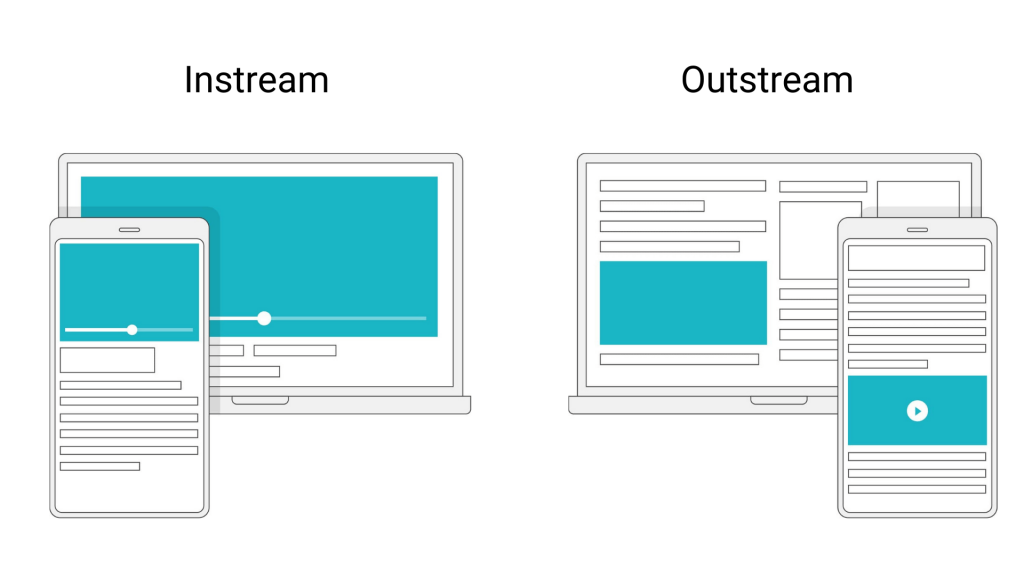Firstly, let’s define what instream and outstream video ads are.
Instream video ads are video advertisements that appear within a video content player, typically before, during, or after the main video content. These ads can either be skippable or non-skippable, and they can appear on different platforms, including YouTube, Facebook, and other video-sharing platforms.
On the other hand, outstream video ads are video advertisements that play outside of a video content player. These ads can appear within the content of a webpage, in between paragraphs of an article, or in the margins of a website. They can be played automatically or initiated by the user clicking on the ad, and they can be muted or played with sound.
Now, let’s dive into why outstream video ads can be more effective than instream video ads:
1. Greater reach: Outstream video ads can reach a wider audience as they don’t require the user to watch a video before or during the main content they are viewing. Instead, they can appear within the content of a webpage, giving advertisers the opportunity to reach users who may not have clicked on a video ad or watched an entire video.
2. Better user experience: Instream video ads can be seen as intrusive by users, especially if they are non-skippable or have a long runtime. In contrast, outstream video ads are less intrusive as they do not interrupt the user’s viewing experience. They can also be played with or without sound, allowing the user to choose whether or not they want to engage with the ad.
3. Higher engagement: Outstream video ads can be more engaging as they are often placed within the context of relevant content. For example, an outstream video ad for a fitness product can be placed within an article about health and wellness, increasing the chances of the user interacting with the ad.
4. More cost-effective: Outstream video ads can be more cost-effective for advertisers as they don’t require the same level of production costs as instream video ads. Additionally, outstream ads can be bought on a cost-per-view (CPV) basis, meaning advertisers only pay for views of their video ad.

5. Higher viewability: Outstream video ads can have higher viewability rates compared to instream video ads. Instream ads can be skipped, ignored or blocked by ad blockers, which can result in lower viewability rates. Outstream ads, on the other hand, are typically viewed by users who are actively scrolling or reading content on the webpage, resulting in higher viewability rates.
6. Targeting options: Outstream video ads can offer a wider range of targeting options compared to instream ads. As they can be placed within relevant content, advertisers can use data on the user’s browsing behavior and interests to target ads more effectively. For example, if a user is reading an article about travel, an outstream ad for a travel company could be placed within the article.
7. Brand safety: Outstream video ads can offer better brand safety compared to instream ads. Instream ads can appear alongside questionable or inappropriate content, leading to negative associations with the advertiser’s brand. Outstream ads, on the other hand, are placed within the context of relevant and brand-safe content, reducing the risk of negative associations.
8. Flexibility: Outstream video ads can offer more flexibility in terms of ad placement and format. They can be placed in various locations on a webpage, such as in the margins or within the content, and can be played in different formats, such as in-banner or in-text. This flexibility allows advertisers to experiment with different placements and formats to determine what works best for their campaign.
Overall, outstream video ads can be more effective due to their wider reach, better user experience, higher engagement, greater cost-effectiveness, higher viewability, wider targeting options, better brand safety, and greater flexibility.



